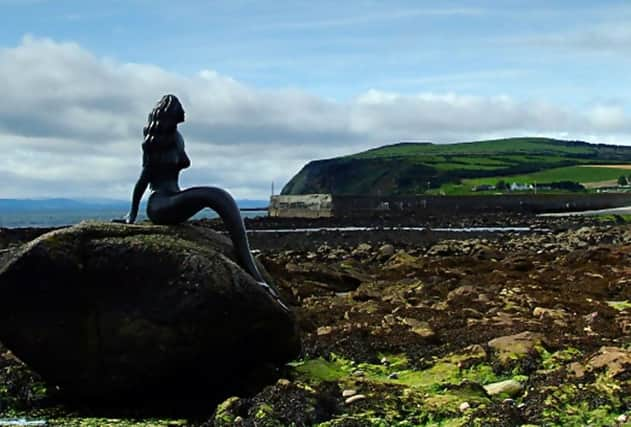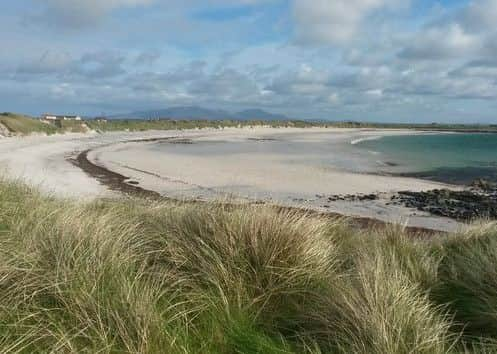The myth of the Hebridean mermaid


Do they exist? Well, in the Outer Hebrides, many in the 19th century believed so.
In 1830, crofters were busy cutting seaweed at Sgeir na Duchadh near Grimnis on the west coat of the island of Benbecula.
Advertisement
Hide AdAdvertisement
Hide AdOne woman spotted a creature several yards out in the water. It looked like a woman in miniature.


She called to the others working on the shore and men went into the water to try to catch the creature, but she evaded them.
A boy aimed a rock at her which struck her on the back. She cried out in pain and disappeared beneath the waves.
A few days later a creature was washed up dead on the beach at Culle Bay, near the township of Nunton.
One account at the time stated: “The upper part of the creature was about the size of a well-fed child of three or four years of age, with abnormally developed breasts.


“The hair was long, dark, and glossy, while the skin was white, soft, and tender. The lower part of the body was like a salmon, but without scales.”
As the crowds gathered on the beach they all agreed that this was the body of a mermaid.
Advertisement
Hide AdAdvertisement
Hide AdThe factor for the chief of MacDonald of Clanranald, who was also the local sheriff, was called.
On seeing the creature he called for a shroud and coffin to be brought to the beach and the creature was said to be buried in the nearby churchyard.
It was said that the funeral for this creature was one of the largest attended on the island and was carried out like any proper Christian burial.
No grave marker related to the incident can be seen at the churchyard and others have said that the creature was buried near the dunes and not in the churchyard at all.
A survey of a large stone near the south end of the bay was carried out, suspecting that this may indeed be the resting place of the mermaid, but this was inconclusive.
So the resting place of the Hebridean mermaid remains a mystery.
However, mermaid stories like this do bring in the tourists who were beginning to find their way to the islands in the mid 19th century.
Many other tales of mermaids exist on the islands.
Advertisement
Hide AdAdvertisement
Hide AdA crofter from Barra called Colin Campbell spotted what looked like an otter fishing near the shore, he was about to shoot it but decided to check it though a telescope only to see what he described as a woman carrying a small baby in her arms.
The creature then spotted him on the shore and disappeared.
A field reconnaissance of the dunes fringing Culla Bay, undertaken by a correspondent at the request of the Keeper of Mollusca at the National Museum of Scotland (NMS), led to the discovery of an isolated stone within a wind-eroded hollow upon the crest of the dunes.
The possibility existed that this could mark the site of the grave of a mermaid, reportedly buried thereabouts 1820-1830.
A brief examination of the stone’s character did not support the hypothesis that it had been set-up as a grave-marker.
In 1833, Dr. Robert Hamilton, a professor of natural history at Edinburgh University reported that Scottish fishermen had captured a mermaid off Yell, in the Shetland Islands, and held it for three hours while compiling a detailed description. The creature had a monkey-like face with short hair on its scalp, a woman’s torso, and a tail ‘resembling that of a dogfish.’ They released the creature when it began making ‘plaintive little moans.’